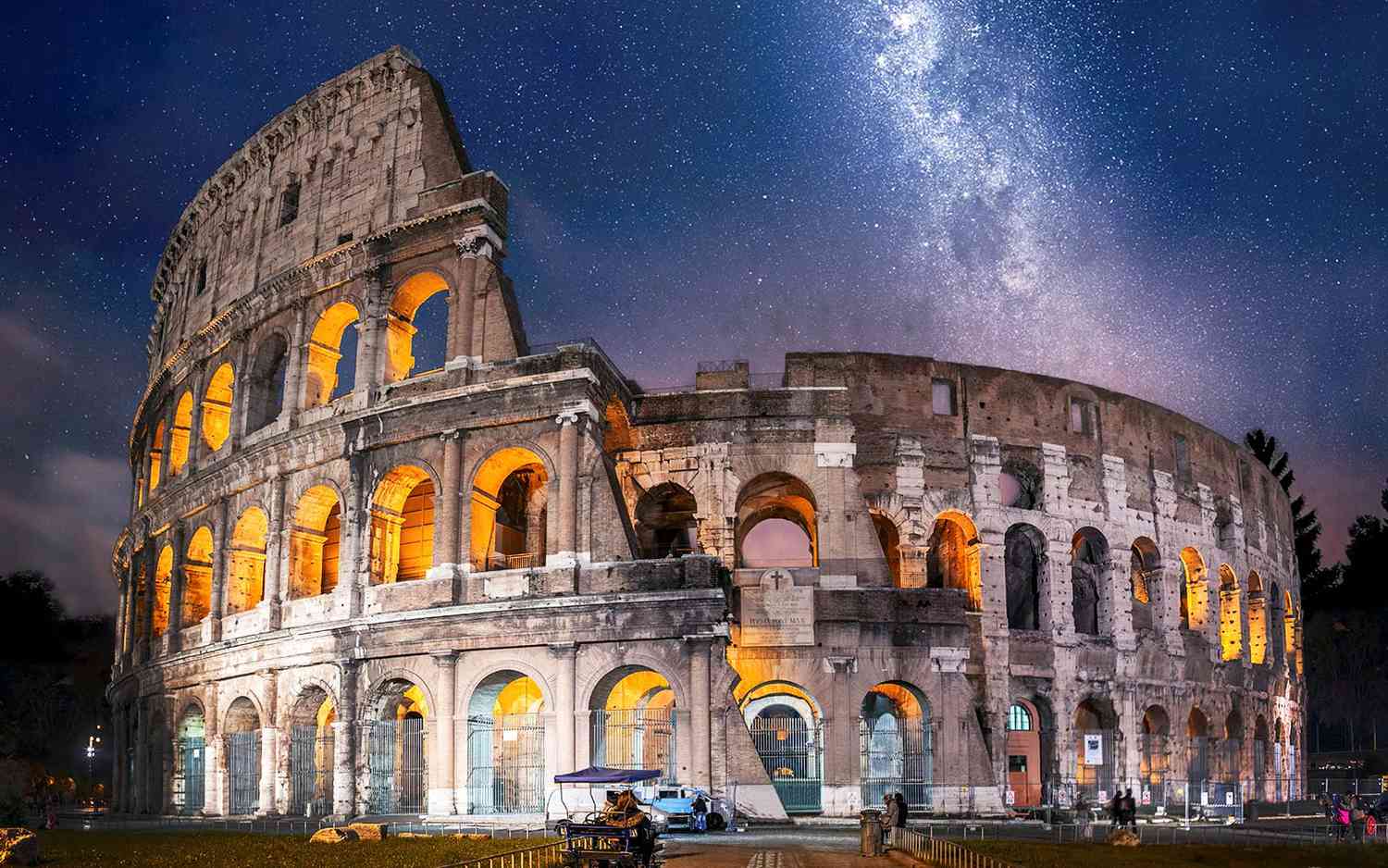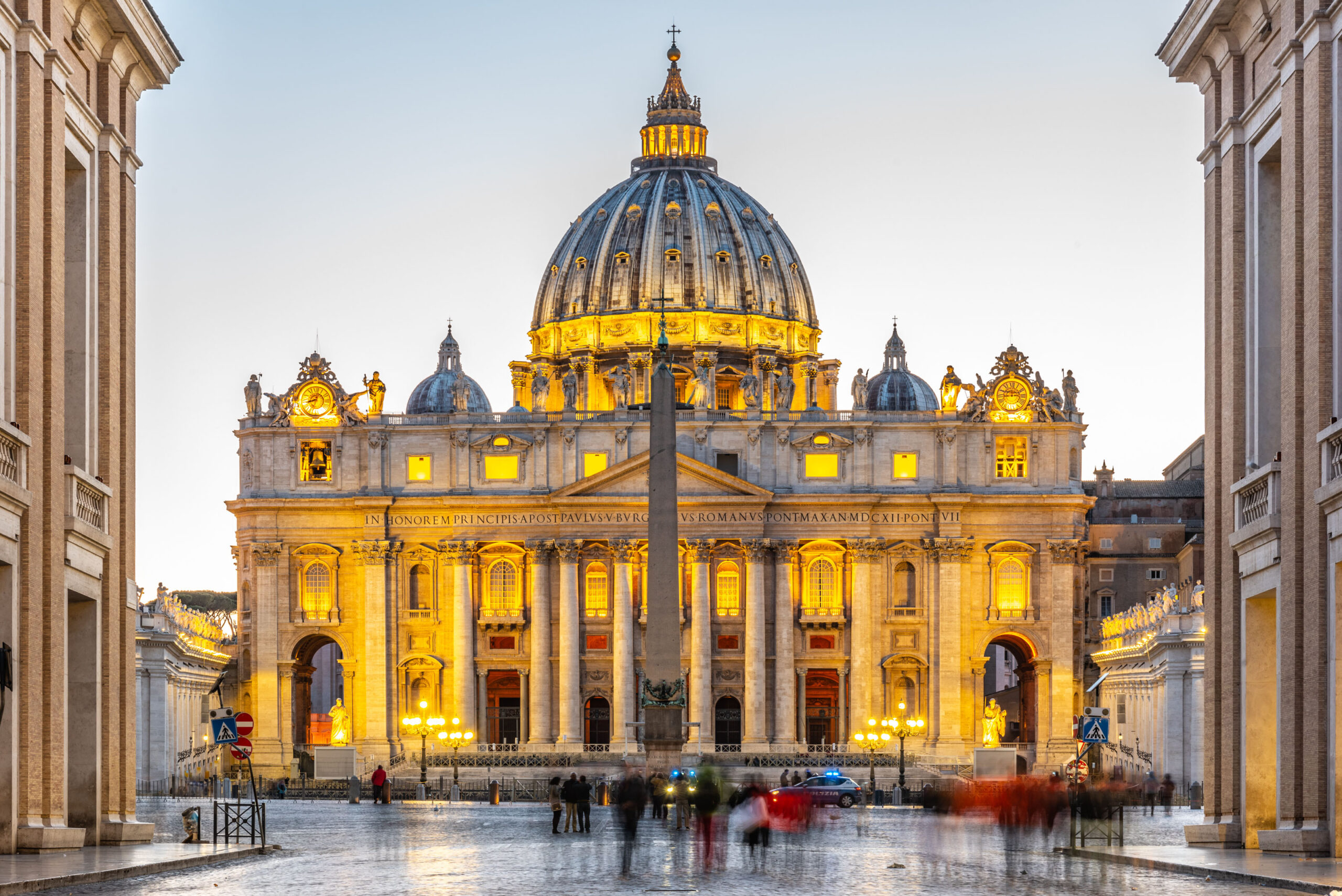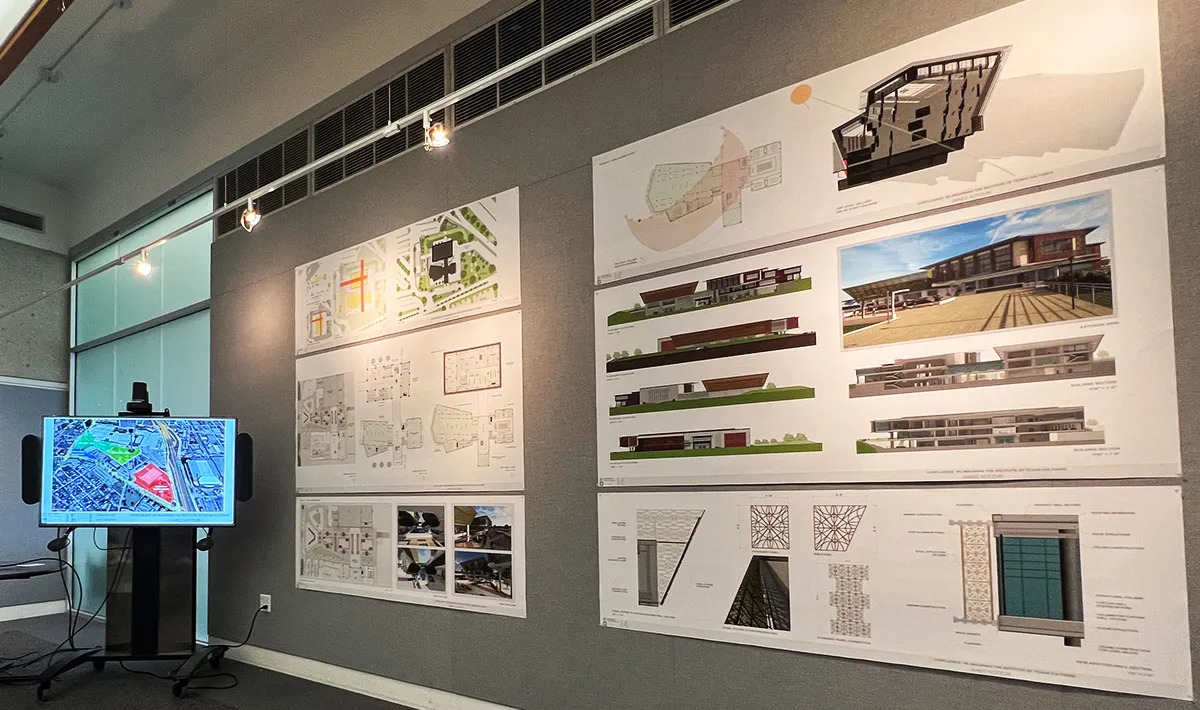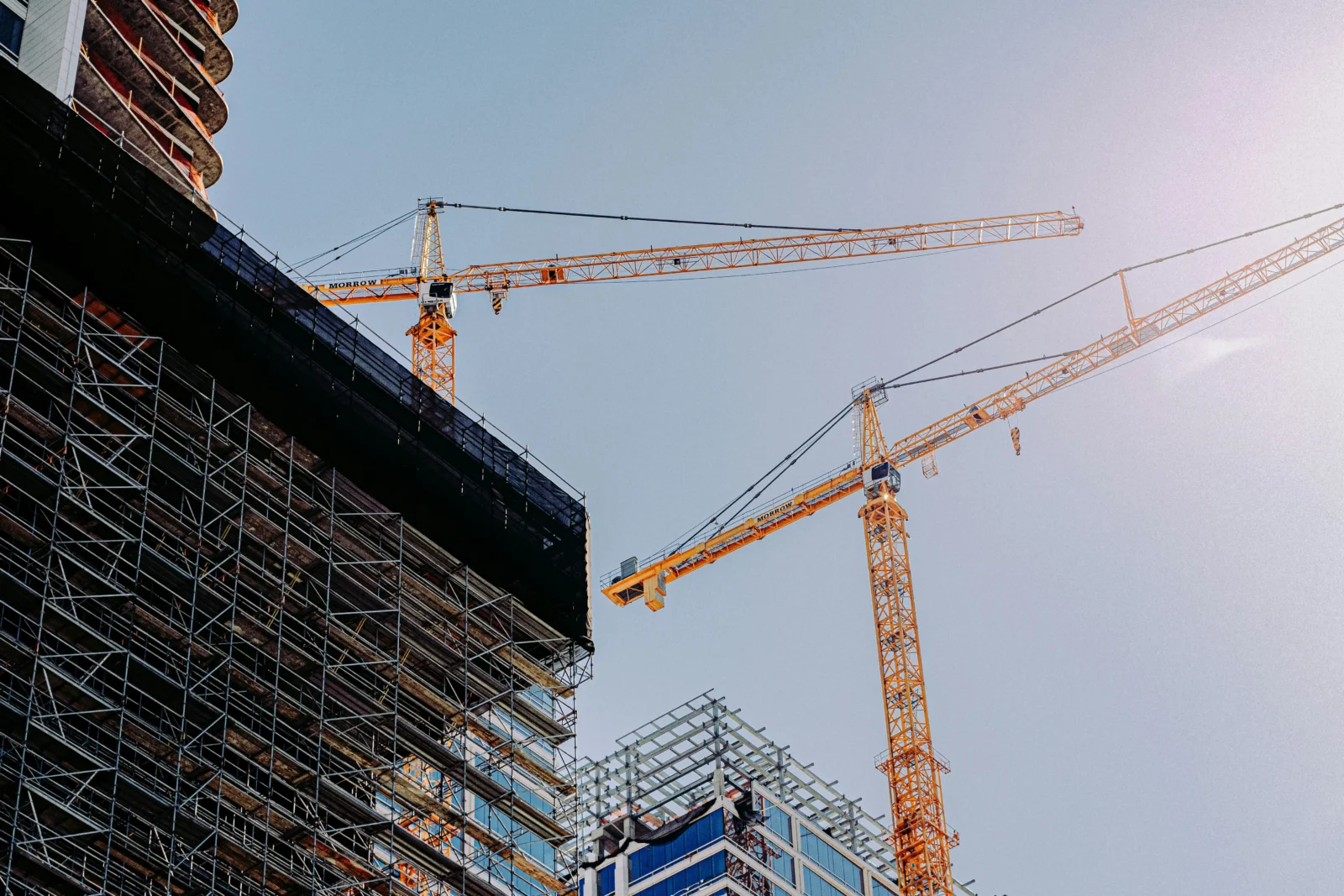- Home
- Articles
- Architectural Portfolio
- Architectral Presentation
- Inspirational Stories
- Architecture News
- Visualization
- BIM Industry
- Facade Design
- Parametric Design
- Career
- Landscape Architecture
- Construction
- Artificial Intelligence
- Sketching
- Design Softwares
- Diagrams
- Writing
- Architectural Tips
- Sustainability
- Courses
- Concept
- Technology
- History & Heritage
- Future of Architecture
- Guides & How-To
- Art & Culture
- Projects
- Interior Design
- Competitions
- Jobs
- Store
- Tools
- More
- Home
- Articles
- Architectural Portfolio
- Architectral Presentation
- Inspirational Stories
- Architecture News
- Visualization
- BIM Industry
- Facade Design
- Parametric Design
- Career
- Landscape Architecture
- Construction
- Artificial Intelligence
- Sketching
- Design Softwares
- Diagrams
- Writing
- Architectural Tips
- Sustainability
- Courses
- Concept
- Technology
- History & Heritage
- Future of Architecture
- Guides & How-To
- Art & Culture
- Projects
- Interior Design
- Competitions
- Jobs
- Store
- Tools
- More
The World’s Most Beautiful Structures
The features that make a building beautiful can vary depending on individual preferences and cultural perspectives. However, some common elements that are often associated with the world's most beautiful buildings.

The features that make a building beautiful can vary depending on individual preferences and cultural perspectives. However, some common elements that are often associated with the world’s most beautiful buildings include:
-Unique and innovative design: A building that stands out from the rest in terms of its design, shape, and structure can be a thing of beauty. Often, the most beautiful buildings are those that push the boundaries of what is possible in terms of architecture and engineering.

-Symmetry and proportion: Many people find buildings with symmetrical proportions to be aesthetically pleasing. Buildings that are perfectly balanced and have a harmonious relationship between their different parts can be very attractive.
-Use of light and space: Buildings that use light and space in an innovative and creative way can be very beautiful. For example, buildings that incorporate natural light or that create interesting shadows can be visually stunning.
-Materials and textures: The use of high-quality materials and interesting textures can enhance the beauty of a building. For example, a building made of natural stone, wood, or glass can be very striking.
-Cultural significance: Some of the world’s most beautiful buildings are also steeped in cultural or historical significance. Buildings that have played an important role in the development of a particular culture or that are associated with significant historical events can be especially beautiful.
-Integration with the surrounding environment: Buildings that are designed to blend in with their natural surroundings or that are integrated into the local landscape can be very beautiful. For example, buildings that incorporate elements of the local flora or that have a low environmental impact can be very attractive.
These are just some of the features that can contribute to the beauty of a building, and there are many other factors that can influence individual perceptions of what makes a building beautiful.
A Tour of the Most Impressive Structures
There are countless beautiful buildings in the world, each with their own unique design, history, and cultural significance. Here are some of the most famous and breathtaking buildings:
Taj Mahal, India – This iconic mausoleum was built by the Mughal emperor Shah Jahan in memory of his beloved wife Mumtaz Mahal.

Sydney Opera House, Australia – This modernist masterpiece is an iconic landmark of Sydney and one of the most recognizable buildings in the world.
St. Peter’s Basilica, Vatican City – This Renaissance-era church is the largest in the world and is known for its grandeur and exquisite architecture.

Hagia Sophia, Turkey – This ancient Byzantine cathedral-turned-mosque-turned-museum is a marvel of engineering and artistry.
The Guggenheim Museum Bilbao, Spain – This contemporary art museum is known for its unique, undulating design and use of titanium.

The Burj Khalifa, Dubai – This towering skyscraper is the tallest building in the world and boasts stunning views of the surrounding city.
The Colosseum, Italy – This ancient amphitheater in Rome is a testament to the architectural and engineering genius of the ancient Romans.

The Eiffel Tower, France – This iconic symbol of Paris was once the tallest building in the world and is beloved for its intricate wrought iron design.
The Fallingwater House, USA – This famous residence designed by Frank Lloyd Wright is known for its integration with nature and unique use of cantilevers.
The Great Wall of China – This ancient fortification is a true marvel of engineering and stretches for over 13,000 miles across China’s northern borders.
Of course, this is just a small selection of the world’s most beautiful buildings, and there are many others that are equally awe-inspiring and impressive.
Architects can learn a lot from studying the world’s most beautiful buildings. By examining what makes these buildings special and what techniques were used to create them, architects can gain inspiration and knowledge that they can apply to their own work.
For example, architects can learn about innovative design techniques and construction methods that were used to create these buildings. They can also learn about the use of materials, textures, and colors to create visually striking buildings that are pleasing to the eye. Architects can also gain insight into how to integrate buildings into their surrounding environments, how to create buildings that are sustainable and energy-efficient, and how to create buildings that are culturally significant and meaningful to the communities they serve.

Submit your architectural projects
Follow these steps for submission your project. Submission FormLatest Posts
Dependable Service for Everyday Appliance Problems
When a washer stalls mid-cycle or a fridge warms up, you need...
8 Essential Web-Based Mapping Tools for Modeling Sea Level Rise and Flood Impacts
As climate change accelerates, flood risk and sea level rise have become...
How Sydney’s Architecture Responds to Climate, Light, and Lifestyle
Sydney’s architecture has never been driven by form alone. It evolves through...
Shipping Containers as Functional Infrastructure on Construction Sites
Construction sites are temporary by definition, yet the systems that support them...












Leave a comment